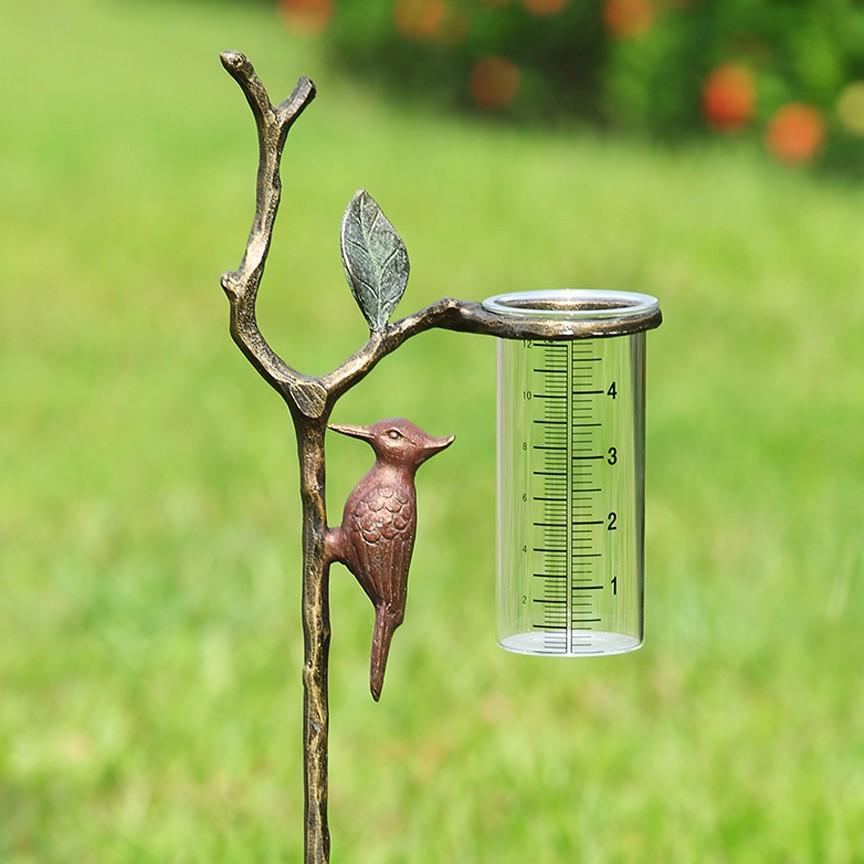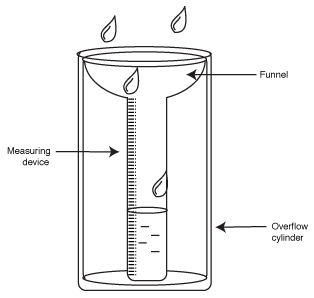Unveiling the Scientific Research Behind Rainfall Evaluates: Just How These Devices Play a Critical Function in Climate Study and Environmental Surveillance
Rain gauges, seemingly easy gadgets, hold a profound importance in the realm of climate research study and environmental monitoring. As we peel back the layers of this scientific shroud surrounding rain evaluates, we reveal a globe where accuracy, information precision, and thorough observation merge to unveil a deeper understanding of our changing climate and its impact on the earth.
Value of Rain Scales
Rainfall evaluates play a vital duty in tracking and measuring rainfall levels, providing important data for environment research study and analysis. These tools are basic in evaluating the amount of rainfall that happens in a particular location over a particular duration. By determining and collecting rain, rainfall evaluates deal important understandings into the distribution and strength of precipitation, assisting meteorologists, hydrologists, and climatologists in comprehending weather patterns and trends.
Among the essential reasons rain determines are vital is their capability to provide localized and exact information. Unlike satellite or radar-based measurements, which use broader monitorings, rainfall assesses offer precise details details to the location where they are placed. This localized data is vital for different applications, including flooding forecasting, drought surveillance, and water resource administration. Furthermore, long-lasting information collected from rain assesses helps in examining environment adjustment impacts and patterns, adding substantially to clinical research and decision-making processes. Fundamentally, rainfall gauges work as important devices in the area of meteorology and environmental science, playing a critical role ahead of time our understanding of climate and environment dynamics.
Kinds Of Rain Gauges

Performance and Operation
In the realm of environment research study and meteorological studies, the efficiency of rainfall determines lies in their intricate performance and precise functional mechanisms. Rainfall evaluates are made to properly determine the quantity of precipitation that drops over a particular location throughout a collection period.
The capability of rain determines is based on the concept of gauging and gathering rain in a standard fashion. This gathered data is vital for comprehending regional weather condition patterns, tracking long-term climate fads, and analyzing environmental influences. To make certain accurate measurements, rainfall gauges demand to be purposefully put in open see post areas away from blockages such as structures or trees that might disrupt the collection procedure.
The functional aspect of rain assesses includes normal upkeep to avoid debris accumulation, calibration checks to preserve dimension precision, and information recording for analysis (rain gauge). Overall, the performance and procedure of rainfall determines are essential for gathering reputable precipitation data crucial to climate research study and environmental tracking
Role in Climate Research
Given the vital significance of precise precipitation measurements in comprehending weather condition patterns and environmental influences, the role of rain gauges in climate study is indispensable. Rainfall evaluates provide important data for environment research study by measuring the amount of rainfall that tips over a specific location throughout a given period. This information is crucial for keeping track of long-lasting patterns in precipitation patterns, assessing the impact of environment modification on rains circulation, and enhancing climate versions.

Environment researchers use data accumulated from rain determines to examine variations in rainfall levels, determine regional climate trends, and evaluate the read the full info here efficiency of water resource administration strategies. By contrasting historic rainfall data with existing measurements, researchers can detect changes in rainfall patterns, such as changes in the regularity or strength of rainfall events. This details is crucial for comprehending just how environment change is affecting rainfall dynamics and can aid policymakers make informed choices regarding adaptation and mitigation techniques.
Applications in Ecological Monitoring

In flooding forecasting, rain scale data helps to track rains intensity and distribution, enabling authorities to release timely cautions and take required measures to alleviate flooding risks (rain gauge). Drought surveillance relies upon rainfall scale information to analyze dampness degrees in the dirt and track rainfall shortages, helping in the recognition of drought-prone locations and the implementation of drought action strategies
Furthermore, rainfall gauge data plays a crucial duty in water resource monitoring by giving information on water accessibility and use fads. Additionally, in agriculture, rainfall gauge data helps farmers in maximizing watering schedules, crop option, and overall farm administration methods based on neighborhood rainfall patterns.
Conclusion
In final thought, rain assesses are necessary devices for measuring rainfall, supplying valuable information for environment study and ecological tracking. With different types and performances, rain evaluates play an essential duty in recognizing rainfall patterns and their effect on the atmosphere. By accurately determining rains, these like this gadgets add to the development of scientific expertise and aid in making educated choices associated to water resource management and disaster readiness.
Rain determines play an essential role in surveillance and determining precipitation degrees, supplying necessary information for climate research and evaluation. The basic rainfall gauge, recognized as the "tipping bucket" scale, is one of the most typically used tools. Ultrasonic rainfall evaluates use audio waves to discover the presence of rainfall, offering real-time information on precipitation degrees.Climate scientists use information gathered from rainfall evaluates to analyze variants in rainfall levels, determine regional climate fads, and examine the effectiveness of water source monitoring methods.In conclusion, rain determines are vital tools for determining precipitation, supplying beneficial data for environment research and environmental tracking.